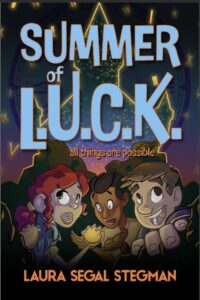We authors have it tough, don’t we? Challenges range from writers block to rejections, and there’s always something to, well, write. So when some “expert” recommends putting together a digital author press kit, many of us tune out. That’s a mistake. The media is drawn to resources that make their jobs easier, so having good press materials is more important than… not having them.
But there’s good news. When we create a digital author press kit, we’re investing in ourselves. In our work. And guess what? A simple kit, the kind most writers need at early stages of their careers (before publishers assign publicists to create one for us), needn’t take all that much time if you focus on these four things.
HOW DO I START MY BIO?
The biggest mistake many authors make in crafting a press kit bio is failing to begin with their name and book title(s)/genre(s). In many cases, this first sentence is the only one the media may have time to read, so it must contain these essentials. Other content, such as other writing credits, education, wildly interesting hobbies, and so forth, can come next. Ideally, author publicity bios should be between 100 to 300 words. Prepare several versions, each with varying word counts – ie. 50, 150, 300 – to use in different situations. Here’s a helpful resource: BookBub’s guide to crafting great author bios.
INCLUDE MEDIA-FRIENDLY-SIZED PHOTOS (HEAD SHOTS AND BOOK COVERS)
Getting good author headshots is a complex topic – this entire blog post could have been dedicated to it. My top recommendation is to hire a professional who specializes in – wait for it – headshots (not weddings or sports, for example). It’s also crucial to ensure your press kit’s images are of optimal size and resolution. Most professional headshot photographers will provide images matching the specs below, but make the media’s job easier by double checking, especially for your book covers.
• Photo files should be in .jpg (or .jpeg) format (not .TIFF)
• Offer two sizes for each photo (Visit this page to learn how to check photo resolution):
a) High resolution (300 dpi), file size 1 to 2 MB
(approximate pixels: 2160 wide, 1720 height; may vary)
b) Web resolution (72 dpi), file size 200 to 500 KB
(approximate pixels: 1500 wide, 1235 height; may vary)
• Be sure your headshot’s file name includes a photo credit, i.e. [YourNameByPhotographerName]
BLURBS and REVIEW QUOTES
Top it all off with a book description and review quotes and/or endorsements. If you’ve written a book, you already have a blurb description you’d be using for a query or the book jacket, right? And if you have no reviews, ask for endorsements from authors or experts you know. Be sure to attribute each quote and identify that person or outlet. For example:
• “quote,” [name of media outlet/blog]
• “quote,” Laura Stegman, author of Summer of L.U.C.K.
• “quote,” Sarah Jones, literacy coach
WHERE DO I STORE MY DIGITAL AUTHOR MEDIA KIT?
• Upload a folder containing the pieces of your digital kit to a sharable Google drive (or similar digital location). Stored there, it’s easy to access and – most important – to update as you hit notable milestones. Keep everything fresh! An up-to-date press kit shows the media that you take your work seriously and that promoting you or your book will be worth their time. After completing and uploading your kit, add a link to it from your web site’s “About Me” or “Press” page – or both! When sharing via email, there’s no need to attach anything (and possibly activate spam filters). Simply embed the folder link in a line of text. If you’ve never used Google Drive, which is free with a Gmail address (also free), it’s easy. Learn how here.
WHAT ELSE?
Create your materials, other than images, in .docx format (which can be updated over time), then convert to a PDF, which is what you’ll upload to your press kit folder.
Still not sold on how easy it all is? Don’t despair! The internet is your friend. For ideas, check out the website press kits of published authors who write in your genre. Good luck!
 Laura Segal Stegman is the author of Summer of L.U.C.K., Ready or Not, and The Chambered Nautilus, a middle grade trilogy from Young Dragons Press. She is president of her own public relations firm and creator of PR TIPS FOR AUTHORS, a guide to building a digital author media kit, which has been presented by SCBWI, The Writing Barn, and elsewhere. http://laurastegman.com/
Laura Segal Stegman is the author of Summer of L.U.C.K., Ready or Not, and The Chambered Nautilus, a middle grade trilogy from Young Dragons Press. She is president of her own public relations firm and creator of PR TIPS FOR AUTHORS, a guide to building a digital author media kit, which has been presented by SCBWI, The Writing Barn, and elsewhere. http://laurastegman.com/




